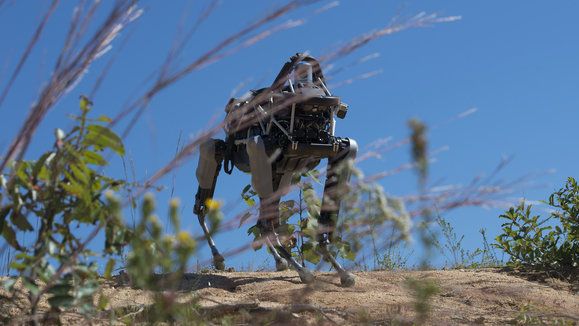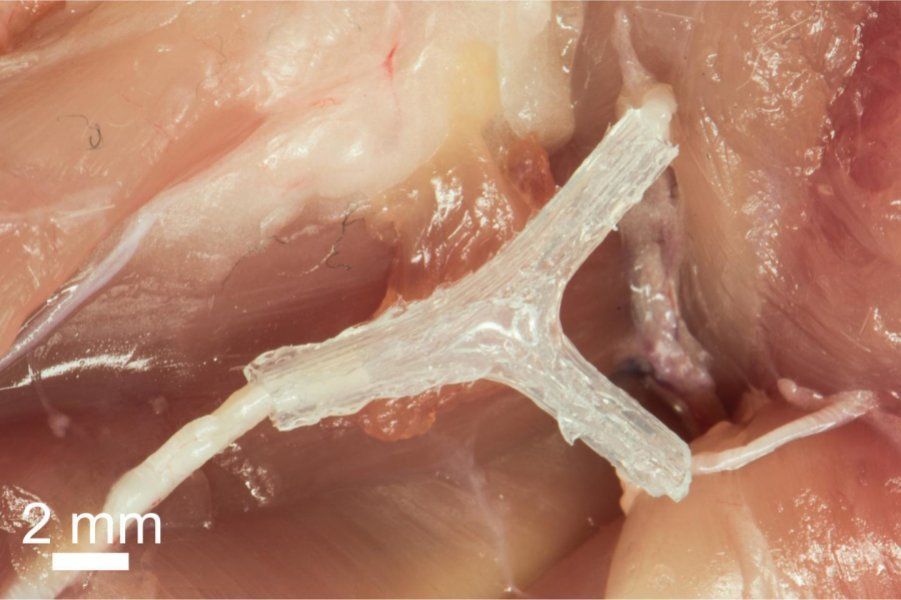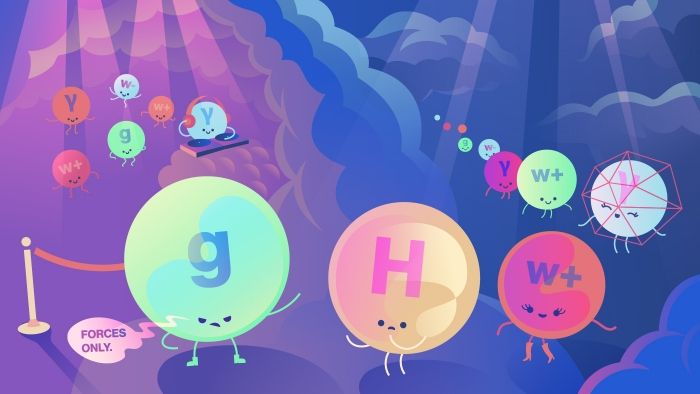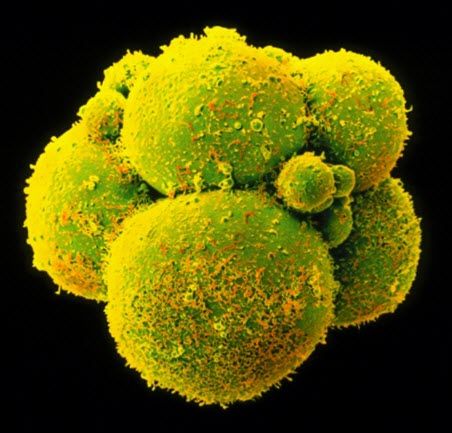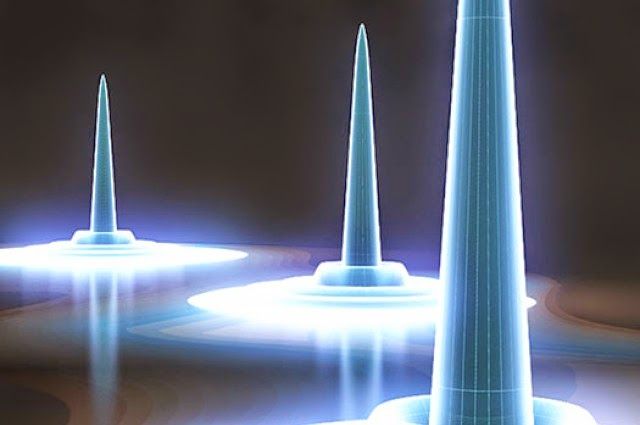Sep 23, 2015
Scientists shatter distance record for teleporting quantum data
Posted by Shailesh Prasad in categories: computing, encryption, internet, quantum physics
Quantum teleportation, the act of reconstructing quantum data somewhere else, is impressive just by itself. However, scientists at the US’ National Institute of Standards and Technology have managed to one-up that feat. They’ve broken the distance record for quantum teleportation by transferring the information from one photon to another across 63 miles of optical fiber. That may not sound like much, but it’s an achievement just to beam that data in the first place — 99 percent of photons would never make the complete trip. It was only possible thanks to newer detectors that could pick up the faint signal of the lone light particle.
You’d clearly need to send much more information before this teleportation becomes practical, but the achievement does open the door to many possibilities in quantum computing. You could use unbreakable quantum encryption at inter-city distances, for instance. The biggest challenge may simply be to extend the range to the point where quantum data transfers work on the scale of the internet, where there are occasionally thousands of miles between connections.
[Image credit: Getty Images/iStockphoto].

